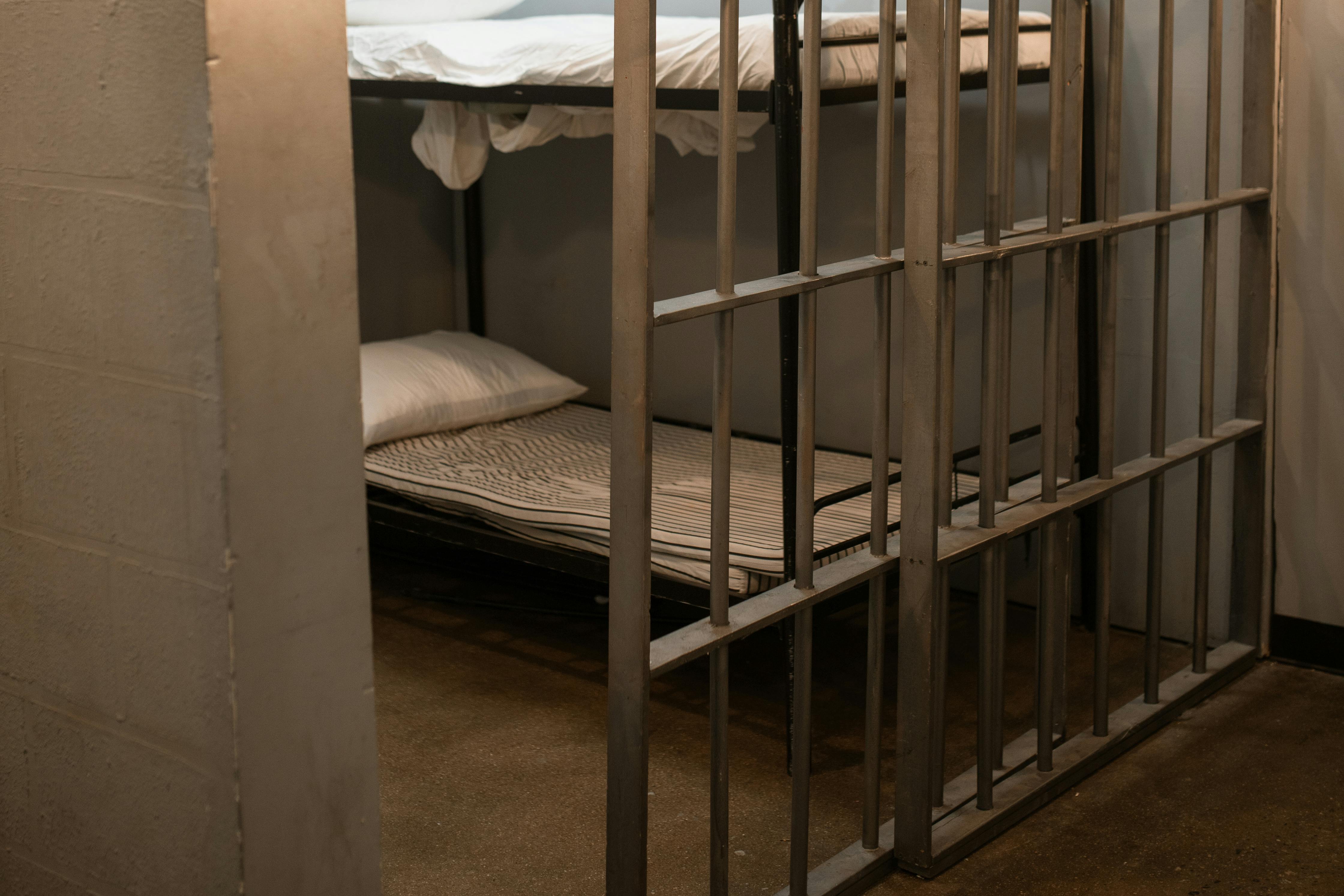
By
In 2015, Adrienne Boulware was sentenced to 15 years to life in California state prison in connection to the 2011 death of a man in Sacramento. But over the weekend, as temperatures hit 110 in the Central Valley town of Chowchilla, where Boulware was imprisoned at the Central California Women’s Facility, prisoner advocates and her family say she died due to the heat nine years into her sentence.
A spokesperson for the state’s corrections department said that Boulware’s death was related to on-going health problems. But the conditions at Chowchilla, where 2,000 women are incarcerated, sound down-right horrific during summer heat waves — which are common in the sweltering Central Valley, but have been particularly hot these past two years.
There is no air conditioning in the cells, which are overcrowded like so many California prisons are. Like Boulware, just over a quarter of all women prisoners in the state are Black, while just 5.7% of the overall California population is Black. Her daughter, Michela Nelson, said that Boulware regularly complained about how difficult the hot summer months were at Chowchilla.
“Something could have been done to prevent it. And she was so close to coming home — it’s like a slap in the face,” Nelson told the Sacramento Bee. “People in prison are not just a number.”
Corrections officials say that residential areas in California’s prisons are cooled, but mainly with evaporative coolers (which are common in the desert-like communities where many of the prisons are located) or fans, not actual air conditioning. According to a recent study on extreme heat in prisons, California came in third behind Texas and Florida for the most days of dangerously high temperatures that prisoners are exposed to.
State law requires that certain preventive measures are taken when temperatures exceed 90 degrees outside, with more extensive interventions put into place when the thermometer hits 90 or 95 degrees inside — including moving prisoners with health issues that make them vulnerable to high temperatures to air conditions spaces and monitoring for signs of heat-related illnesses by the nurses on staff.
There are additional actions that California prisons “may” take during extreme-heat situations, according to the Department of Corrections website, including providing ice, increased access to air-conditioned areas, or moving yard-access times to the evening to reduce exposure to high temperatures — but none of those means of providing relief are required.
So while those rules may exist on paper, prisoners at Chowchilla say they experience heat waves with little to no relief. “Please help us, they’re not doing anything for us,” Trancita Ponce, who is imprisoned at Chowchilla, said in a statement from the California Coalition for Women Prisoners. “There is hot air blowing inside of our rooms, I have a huge migraine and I feel sick and other girls are throwing up.” Ponce said that temperatures in the facility can reach as high as 97 degrees.
Last year, California scrapped plans to enact heat protections for indoor workers in the state after it was suggested that it would cost the state billions of dollars to retrofit prison buildings (which would have been covered by the rules) with adequate cooling. In Texas, however, a lawsuit may eventually win the right to be at least somewhat cool for the state’s prisoners: the state is being sued by prisoners who live in cells without air conditioning, with lawyers arguing that being kept in such conditions amounts to cruel and unusual punishment. If the lawsuit is successful, it could establish a maximum indoor temperature of 85 degrees for state-run prisons.


